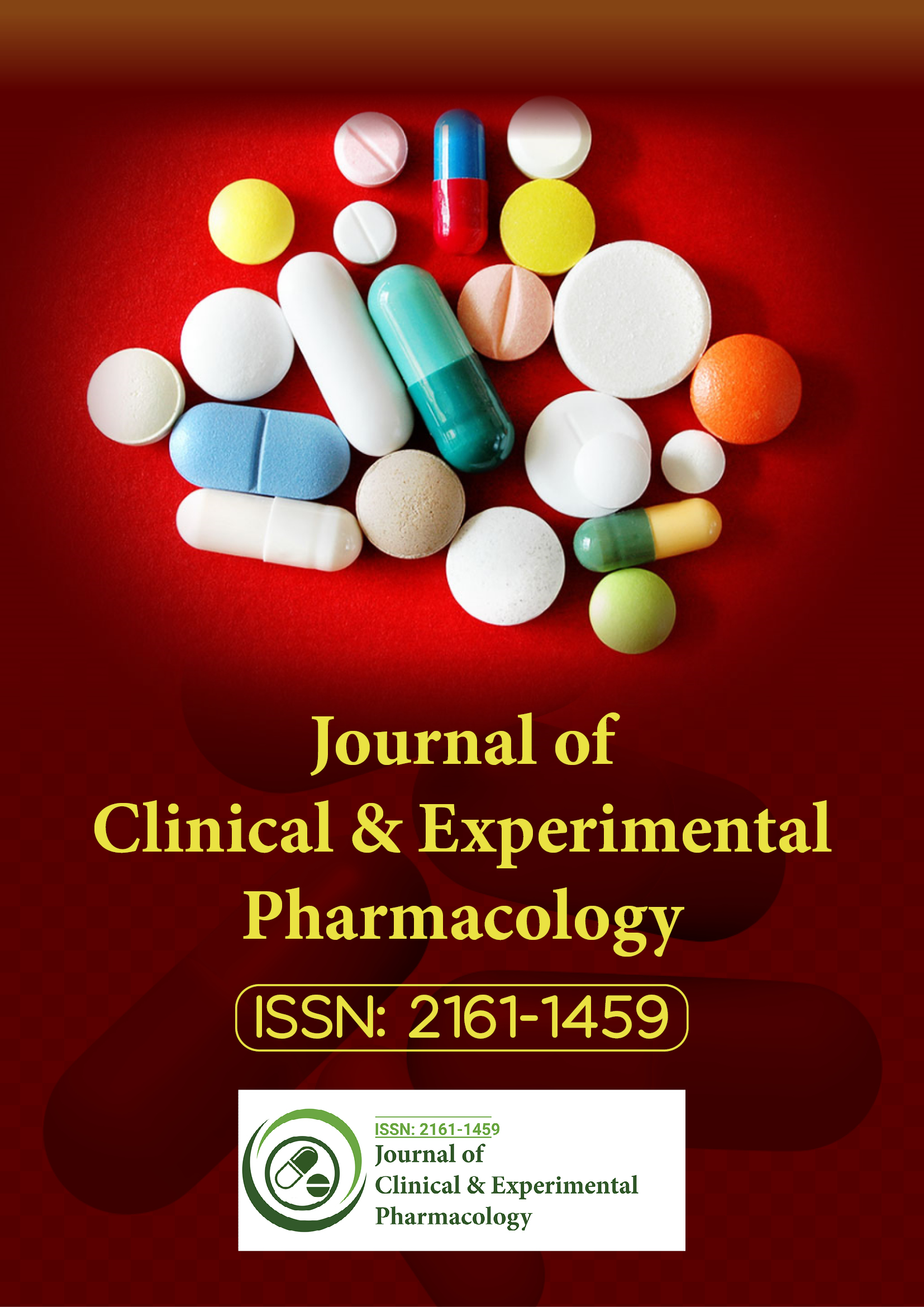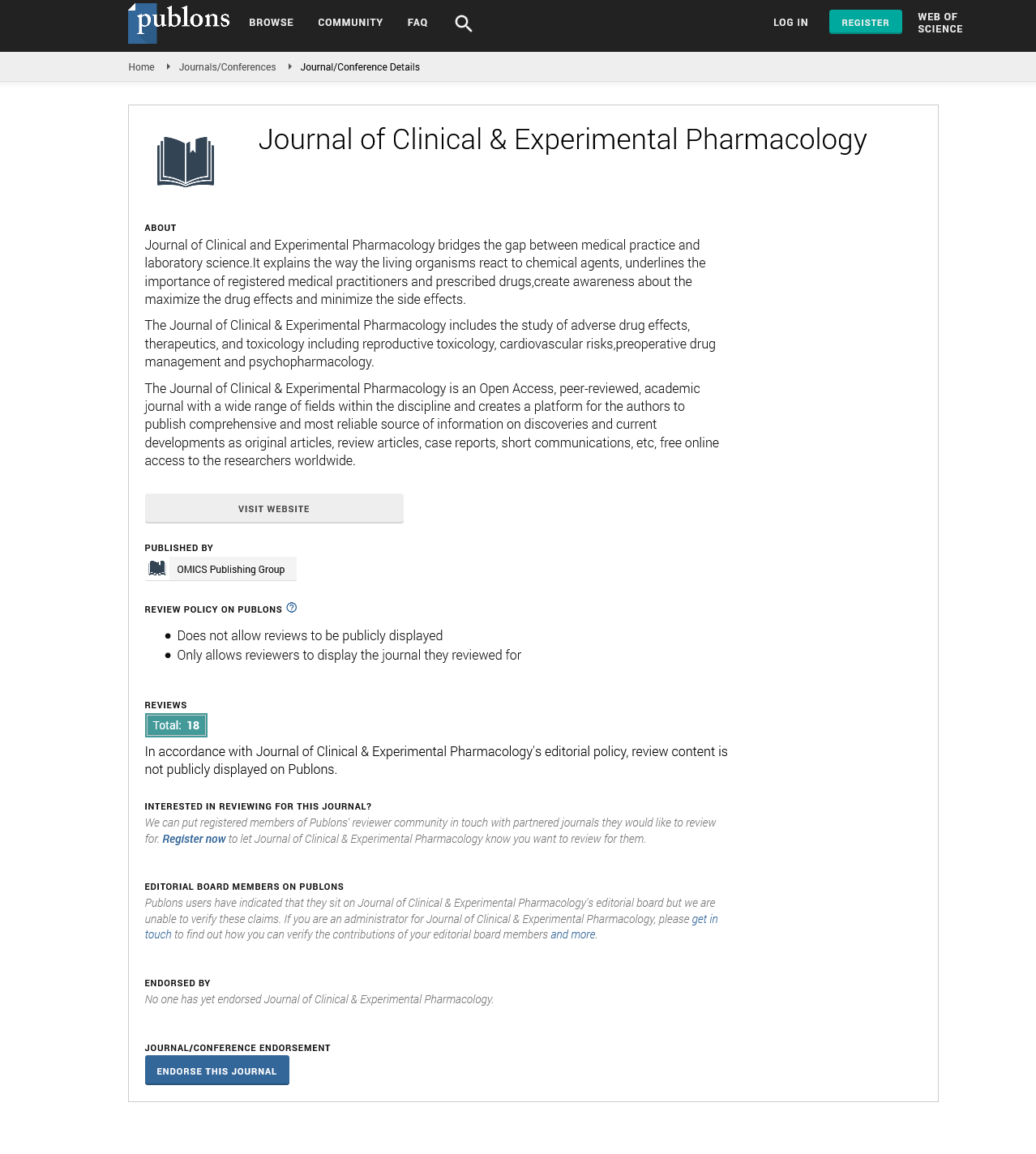Indexed In
- Open J Gate
- Genamics JournalSeek
- China National Knowledge Infrastructure (CNKI)
- Ulrich's Periodicals Directory
- RefSeek
- Hamdard University
- EBSCO A-Z
- OCLC- WorldCat
- Publons
- Google Scholar
Useful Links
Share This Page
Journal Flyer

Open Access Journals
- Agri and Aquaculture
- Biochemistry
- Bioinformatics & Systems Biology
- Business & Management
- Chemistry
- Clinical Sciences
- Engineering
- Food & Nutrition
- General Science
- Genetics & Molecular Biology
- Immunology & Microbiology
- Medical Sciences
- Neuroscience & Psychology
- Nursing & Health Care
- Pharmaceutical Sciences
Abstract
Canine Cerebral Artery Vasodilation Caused by Aminoglycoside Antibiotics: The Mechanism
In canine cerebral arteries and in cultured cerebrovascular smooth muscle cells activated with Oxyhemoglobin (OxyHb), a blood component linked to the pathophysiology of cerebrovascular spasm, the effects of aminoglycoside antibiotics were investigated. The aminoglycosides reduced isometric tension in cerebral artery rings pre-contracted with OxyHb (10 μM) in a concentration-dependent manner. The relaxation's EC50 values for neomycin, gentamicin, streptomycin, and kanamycin were 0.4 ± 0.1 mM (n=α), 0.53 ± 0.08 mM (n=12), 1.α ± 0.3 mM (n=7), and 3.9 ± 0.5 mM (n=5), respectively. The quantity of positive charges in the molecules is roughly correlated with this potency ranking. Additionally, the contractions to prostaglandin F2a (1 μM) and depolarizing potassium chloride concentrations (α0 mM) were suppressed by the aminoglycosides. The potency was neomycin, gentamicin, streptomycin, and kanamycin in that sequence. The ease of mind persisted in prepared arteries devoid of endothelium. In response to PGF2a, neomycin (5 mM) eliminated the Ca2+-independent contraction. When Fura-2 was added to cerebrovascular smooth muscle cells, OxyHb (1 μM) markedly increased the intracellular calcium ((Ca2+)i) concentration by 330%. The administration of EC50-corresponding amounts of neomycin, gentamicin, kanamycin, and streptomycin decreased the effects of OxyHb on (Ca2+)i by approximately 50%, resulting in values of 221 ± 35 nM (n=7), 270 ± 31 nM (n=7), 229 ± 33 nM (n=α), and 240 ± α nM (n=5). These findings imply that the aminoglycosides' impacts on the OxyHb-induced contraction and the sustained rise in (Ca2+)i may stem from a variety of mechanisms, such as PLC inhibition, calcium extrusion mechanism protection, and interference with the (Ca2+)i accumulation process.
Published Date: 2025-01-13; Received Date: 2023-11-15

